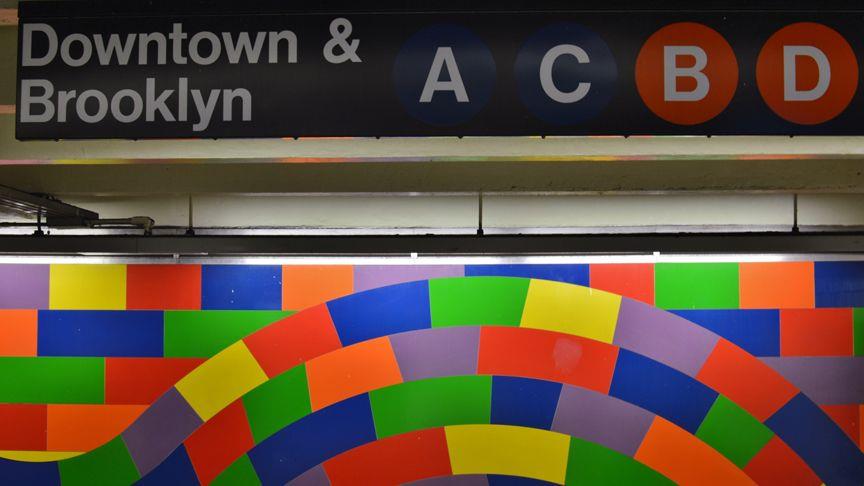Riders and the taxpayers who support the Metropolitan Transportation Authority will be on the hook next year for $19.3 billion under an operating budget approved last week by the nation’s largest transit provider. The spending plan avoids cutting payroll and reducing service, and relies on increasing ridership and a crackdown on fare beaters, estimated at 40% on city buses.
The budget counts on a 10% increase in paid ridership by 2026, but even if the MTA gets halfway to that target, it’s still looking at losses of $235 million a year. They’re also hoping for a ridership boost to reach 80% of pre-pandemic levels by 2027.
“After years of criticism, the MTA finally woke up and said they will crack down on fare evaders,” said Senator Dean Murray, noting that the agency seized 44 cars last week for unpaid tolls. The drivers, caught in a sting at the Verrazano Bridge, owed $1 million in unpaid bills.
Gov. Kathy Hochul and state lawmakers gave the authority a boost earlier this year under a “payroll mobility tax” designed to balance the MTA budget by 2027. Motorists will also be hit with congestion pricing to drive in lower Manhattan as part of the agency’s cash grab plans.
“So much has been done outside the MTA to balance our books,” said Janno Lieber, the MTA’s chief executive, as board members voted to approve the 2024 package. He noted that the NYPD has increased enforcement at turnstiles with a 50% boost in summonses. Additional MTA workers guard exit doors, and the transit agency is also updating entryway infrastructure to shore up the system.
More than $2 billion will go to keep the Long Island Rail Road running, with money dedicated to improving stations along its lines. Lieberman pledged to focus on improved on-time performance, especially at Jamaica Station, a more streamlined process for commuters changing to connecting trains, and increased bike storage for commuters.
 |
| File Photo |
The MTA has an eye toward transit-oriented housing developments near its stations. “We’ve got big parking lots, not always owned by the MTA, but there are opportunities to do multi-family development in places where people can use transit, and maybe not have to rely on owning multiple automobiles as much,” Lieber said.
The funds for the budget are in addition to the MTA's capital program, which dedicates $54.8 billion to subways, buses, commuter railroads, bridges, and tunnels.
The agency’s massive operation covers 12 counties in Downstate New York, along with portions of Connecticut, and handles over 11 million passengers on an average weekday and over 850,000 vehicles on its seven toll bridges and two tunnels.
